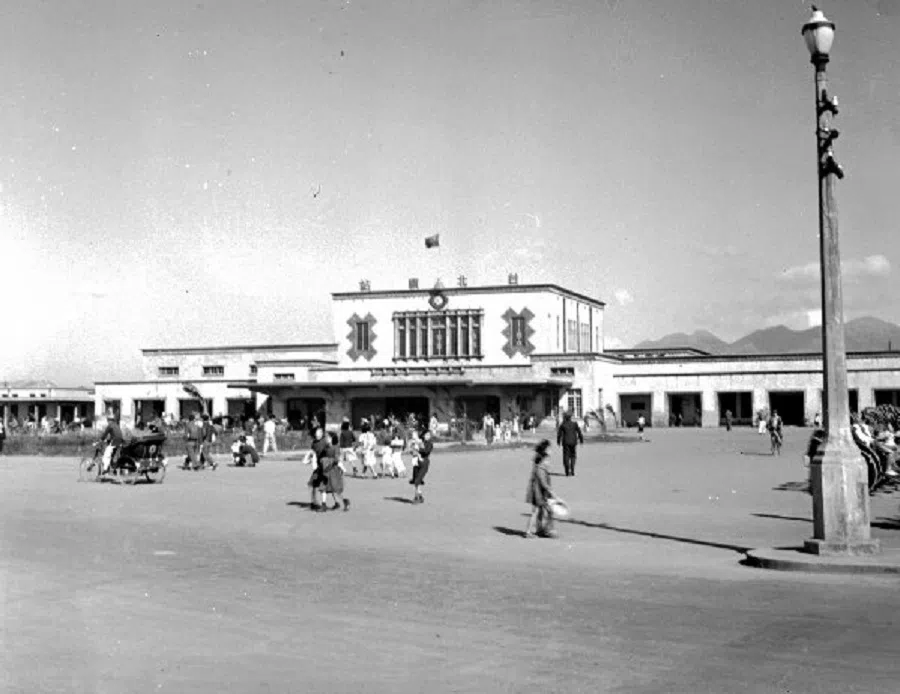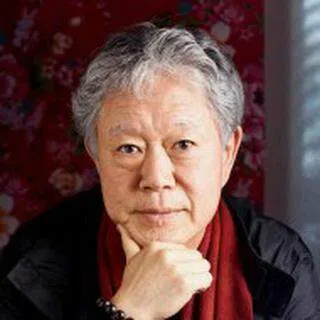History, collective memory and the beauty of Taiwan's old train stations
Like a song, a place can trigger a memory, an emotion. Preserving little landmarks is akin to preserving the collective memory of a city, says Chiang Hsun. Shared memories, more than any loud declaration, are the cornerstone of a people's culture, heritage and sense of belonging.

After sitting abandoned for a time, the old Xinbeitou train station (新北投火车站) was restored a few years ago using original materials and housed near its original location.

I have strong feelings about this small train station built during the Japanese colonial era. When I returned to Taiwan from Paris in 1976, I worked at Section 4, Zhongxiao East Road, and stayed near the mountains at Quanyuan Road, Beitou District.
After work, I would take the bus to Taipei Main Station, transfer to the Tamsui Rail Line, alight at Beitou and then take another train to Xinbeitou. I would alight at this old-school train station opposite Qixing Park (七星公园).

There usually weren't many commuters, and so not many scheduled trains as well. Sometimes, I would read while waiting for a train. The station was built in 1916, more than a century ago.
When I went to Japan later, I would feel particularly at home whenever I saw similar train stations in various small towns. Japan takes preserving and maintaining old architecture very seriously - the train stations in a modern metropolis like Tokyo are more than a century old.

If the old Xinbeitou train station was not removed when the Tamsui Rail Line ceased operations, it would have celebrated its 100th anniversary as well. What a pity.
I don't understand why many of the old train stations in eastern Taiwan have been demolished so easily in recent years. History is memory - train stations are part of the collective memory of generations of commuters who used them. Train platforms are where many hellos and goodbyes are said.
Collective memory is the foundation of cultural aesthetics. This is why the Musée d'Orsay in Paris, home of 19th century impressionist paintings, is housed in a former rail station.

Beauty is an accumulation of the memories that many people have in common.
I took time to contemplate and take in the old Xinbeitou train station. Although it was deserted for 30 years, although it no longer stands at its original site, and although it has been reconstructed and restored, I cherish it nonetheless.

Instead of boasting about loving Taiwan, why not do something practical to take good care of our history and safeguard the everyday memories of generations of people?
Ethnic division and fragmentation is all due to the loss of collective memory. Without shared memories, how can we even speak about love?





